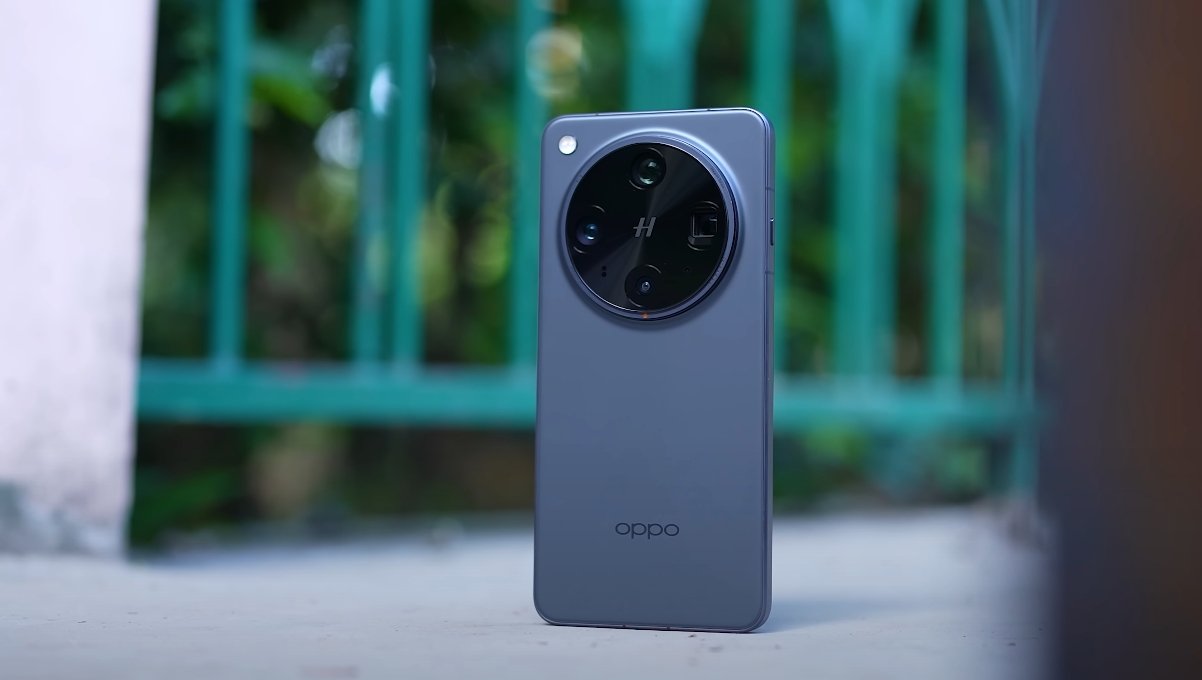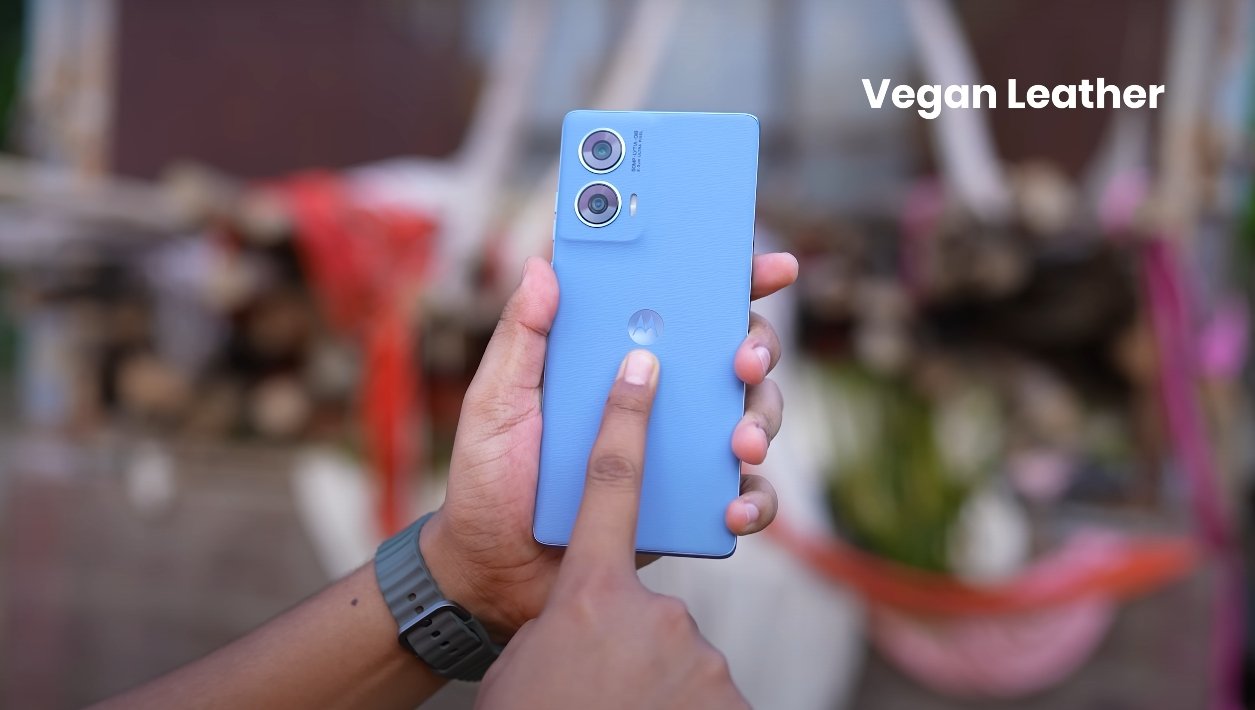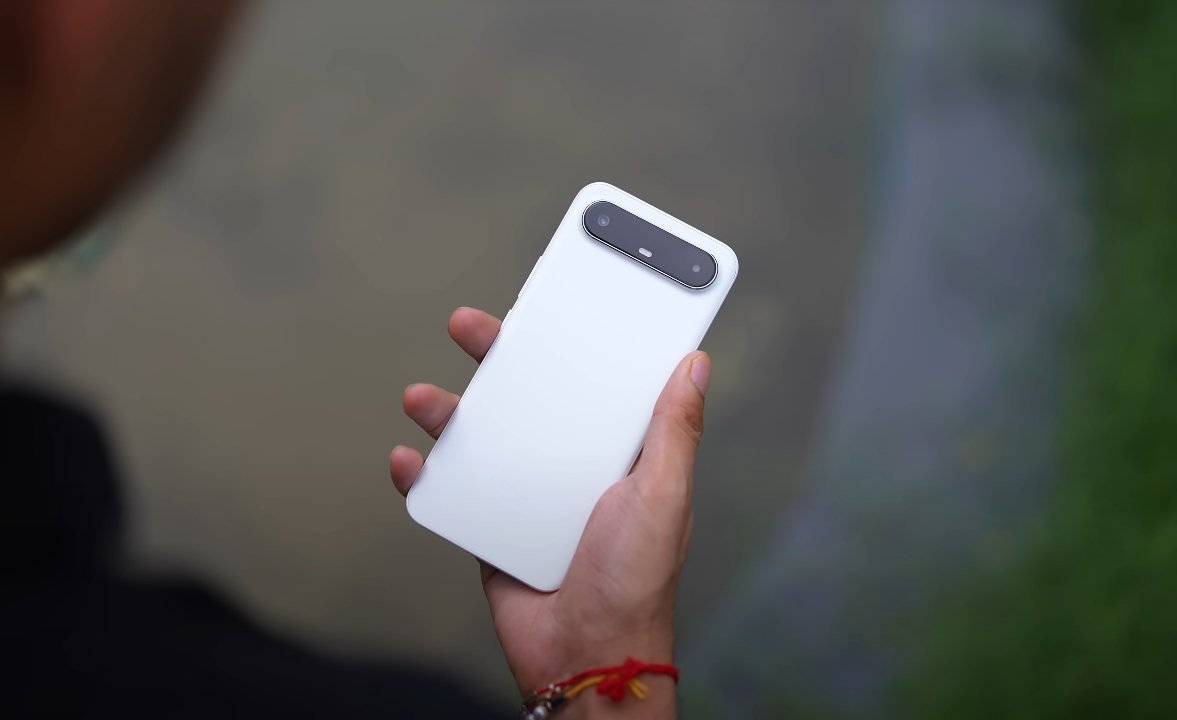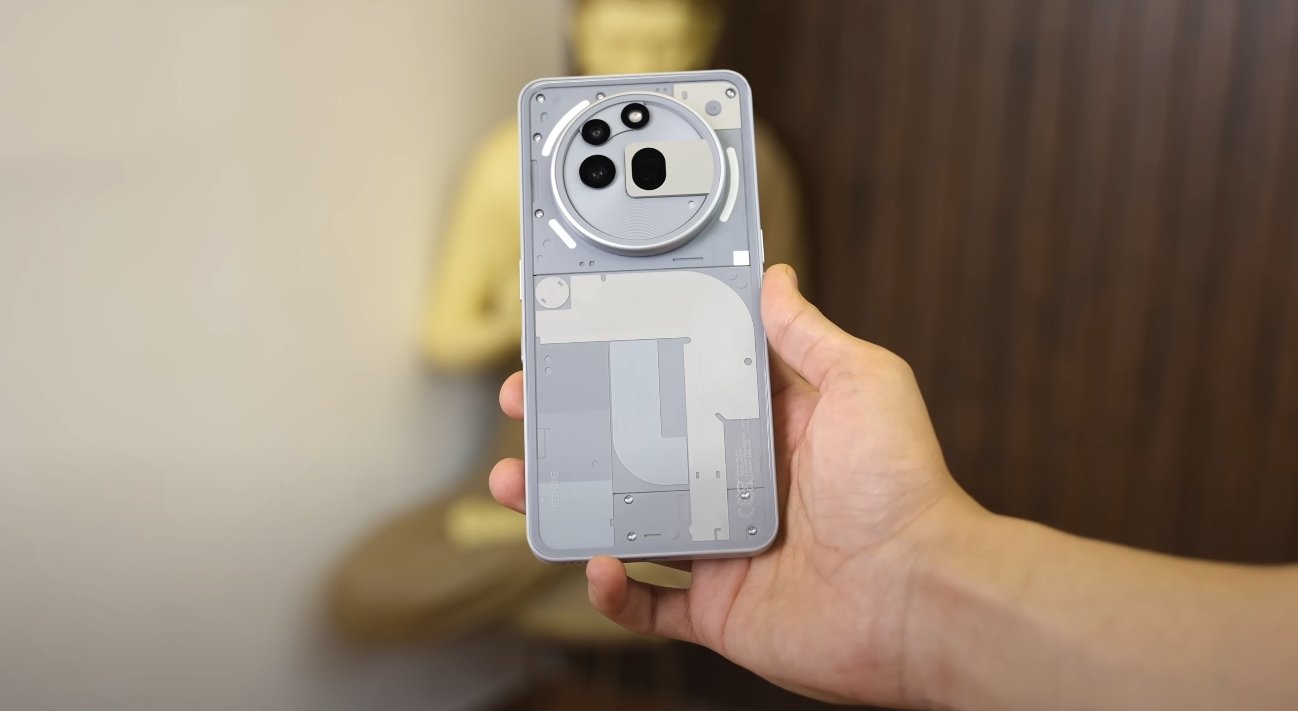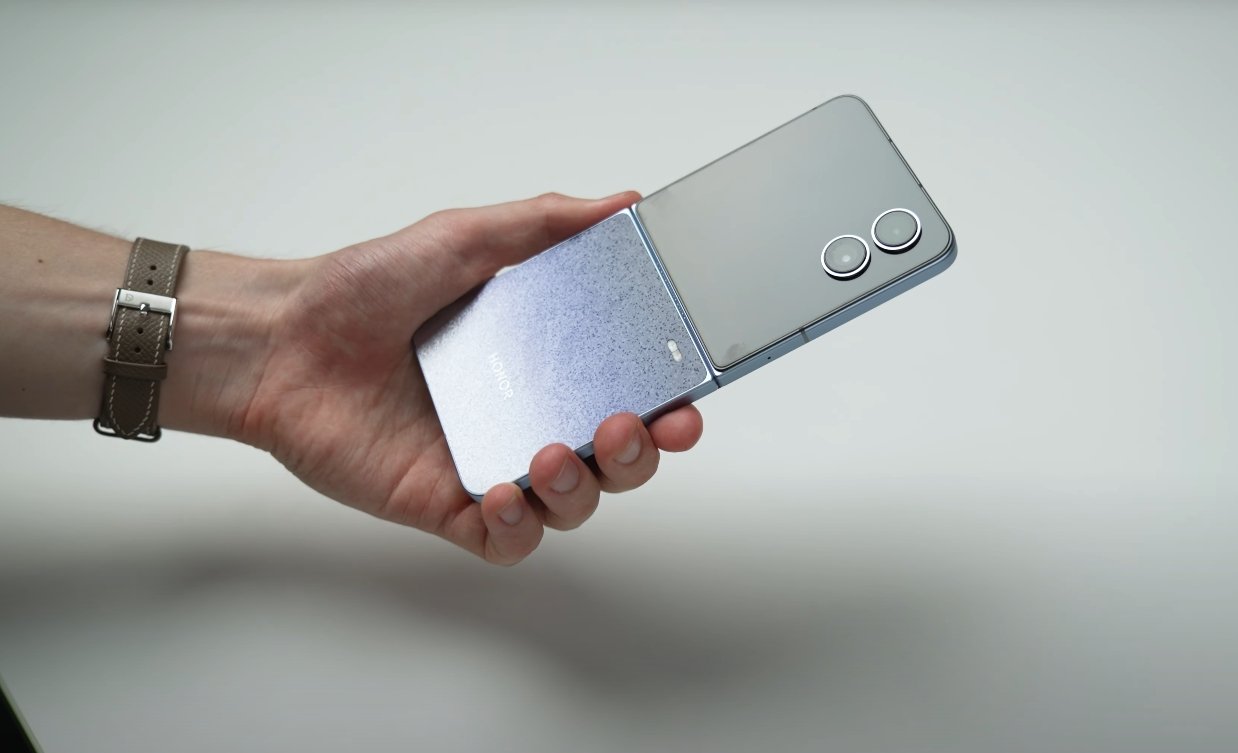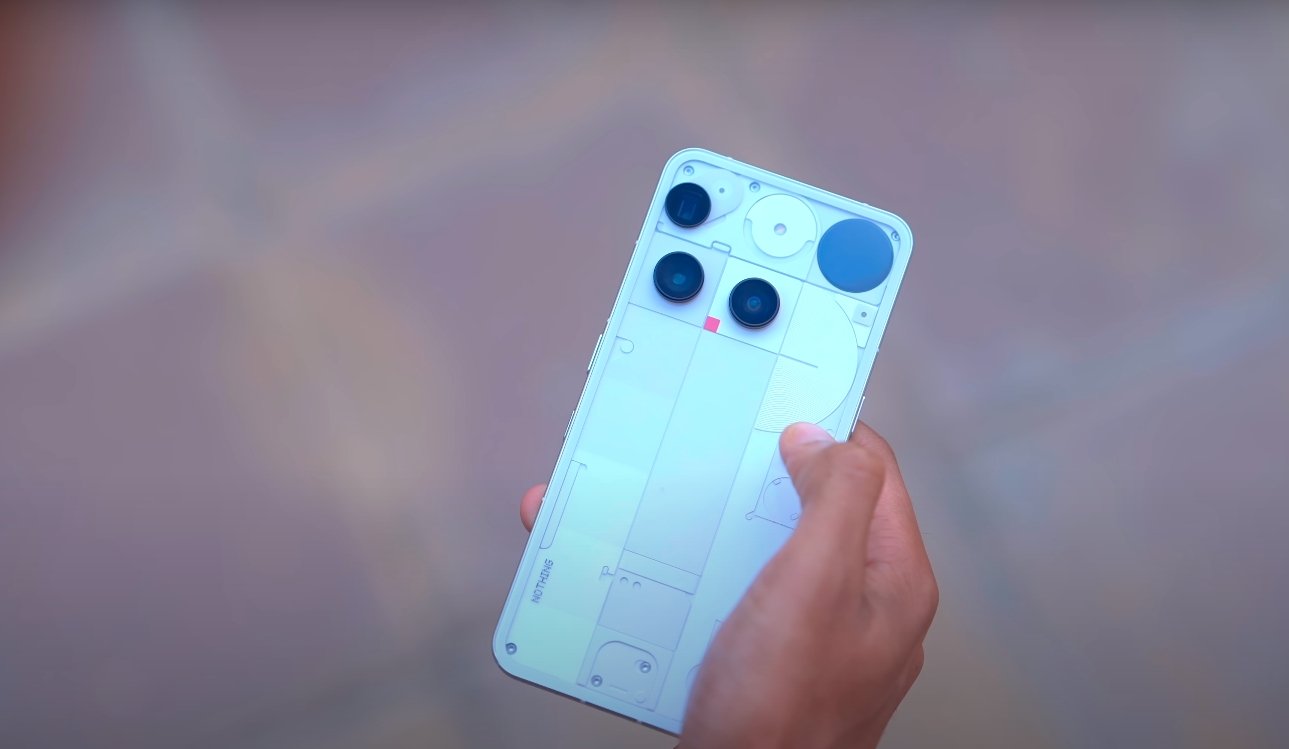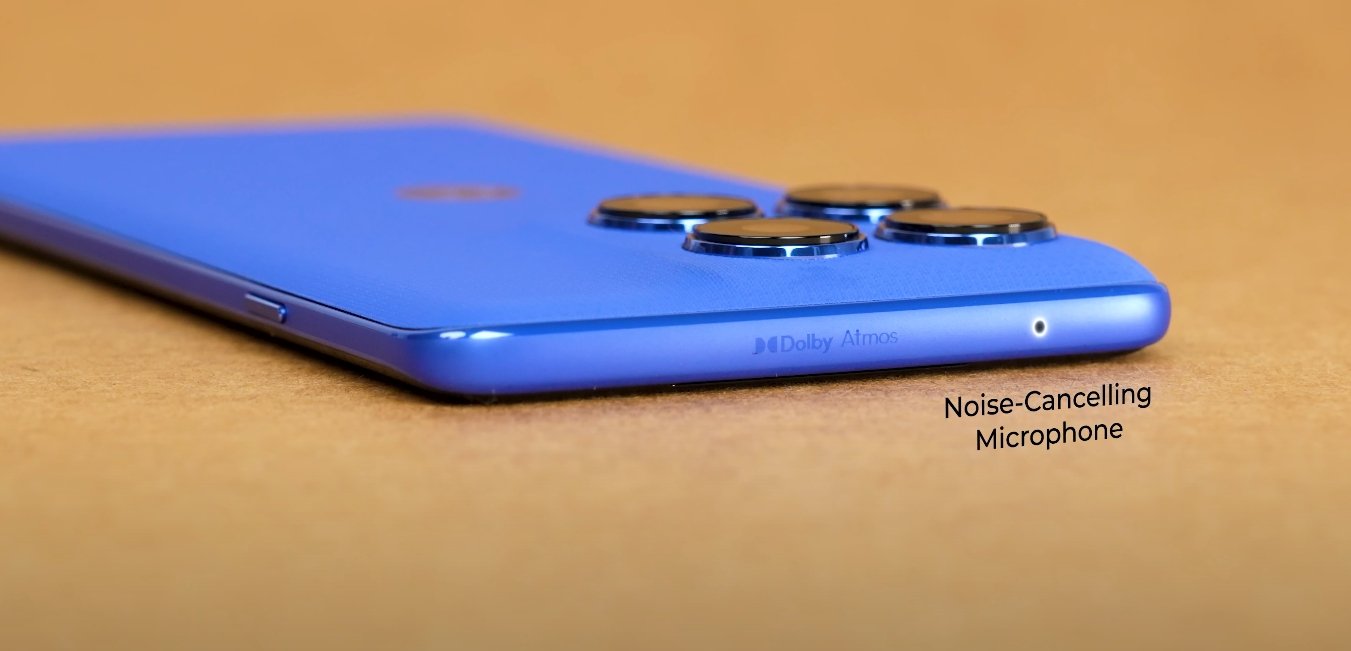Oppo Find X8 Ultra and Vivo X200 Ultra: Low-Light Photography Showdown
Night mode has become a defining feature in flagship smartphones, with users expecting clear, sharp, and vivid photos even in challenging lighting conditions. The Oppo Find X8 Ultra and Vivo X200 Ultra, two of the most advanced camera phones of 2025, bring powerful hardware and sophisticated image processing to deliver exceptional results after sunset. This comparison examines how these two premium devices perform in low-light scenarios, focusing on detail retention, color reproduction, dynamic range, and user experience.
The Oppo Find X8 Ultra is equipped with a 1-inch primary sensor, advanced image stabilization, and dual periscope telephoto lenses. This setup gives the device a significant advantage when capturing night scenes. In handheld night shots, it maintains clarity and brightness with minimal noise. The large sensor allows more light to enter, resulting in brighter images without relying heavily on long exposure. Details such as building textures, foliage, and street signs remain visible, even in areas with minimal ambient lighting. The dual telephoto system ensures sharp results at both 3× and 6× zoom, making the Find X8 Ultra versatile for capturing distant subjects at night.
The Vivo X200 Ultra also performs impressively in similar conditions. It features a high-resolution primary sensor with strong computational photography support. In low light, the X200 Ultra produces images with excellent exposure balance and natural colors. Shadows remain well-defined, and highlights do not blow out easily, preserving detail across the frame. The device’s night mode automatically adjusts exposure and processing, ensuring handheld shots remain stable. While its telephoto lens performs well in moderate zoom ranges, it does show a slight drop in clarity at higher zoom levels compared to the Oppo Find X8 Ultra.
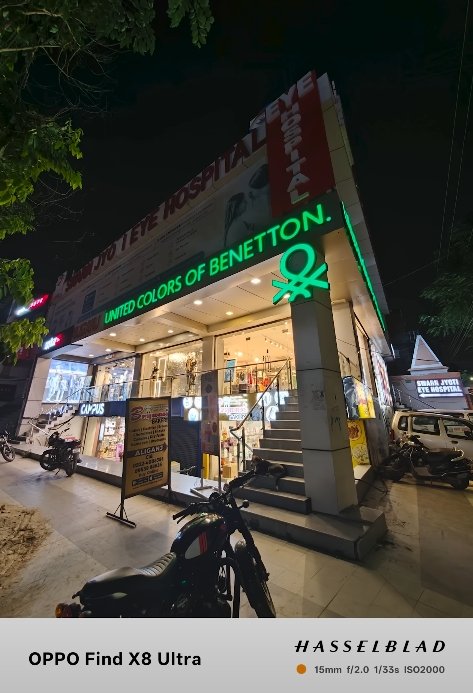
Color accuracy and noise reduction are critical in night photography, and both smartphones handle these aspects differently. The Oppo Find X8 Ultra emphasizes clarity and sharpness, delivering crisp details with well-controlled noise. Colors lean toward a more neutral tone, giving night scenes a realistic appearance. On the other hand, the Vivo X200 Ultra often produces slightly brighter and warmer images, which can make night scenes appear more vibrant. Its noise reduction algorithms are aggressive, smoothing out darker areas but sometimes at the cost of losing finer textures. Users who prefer more dynamic and lively night shots may find the Vivo approach appealing, while those who value realism might lean toward Oppo.
Dynamic range plays a key role when shooting scenes with mixed lighting, such as streetlights, building signs, or moving vehicles. The Oppo Find X8 Ultra handles these situations with strong contrast control, maintaining a balanced exposure between bright and dark areas. It minimizes halo effects around strong light sources, producing cleaner images. The Vivo X200 Ultra, in contrast, focuses on maintaining overall brightness. It sometimes lifts shadows more than Oppo, making the scene appear more illuminated, but can introduce slight blooming around bright light sources. This difference reflects their respective processing styles—Oppo prioritizes balance and accuracy, while Vivo emphasizes brightness and vividness.
Night portraits are another important factor in evaluating night mode performance. The Oppo Find X8 Ultra excels here, using its large sensor and advanced processing to produce portraits with natural subject isolation and pleasing background blur. Skin tones remain smooth without excessive artificial enhancement, and background lighting is well handled. The Vivo X200 Ultra also delivers high-quality night portraits, but its processing can sometimes over-brighten skin tones and soften details slightly. However, its brighter exposures can be more flattering in some cases, especially in low ambient light conditions.
In terms of usability, both devices make night photography accessible to everyday users. The Oppo Find X8 Ultra captures sharp night shots with minimal effort, often without requiring manual adjustments. Its image stabilization and quick processing help reduce blur in handheld shots. The Vivo X200 Ultra, meanwhile, offers multiple shooting modes with customizable filters and effects. It encourages creativity while maintaining ease of use. Both phones allow for long exposure or tripod-assisted night shots for users who want to push the limits of image quality.
Overall, both smartphones perform exceptionally well in night mode, but they offer slightly different strengths. The Oppo Find X8 Ultra delivers sharper detail, better zoom performance, and balanced exposure, making it ideal for users who value precision and clarity. The Vivo X200 Ultra stands out for its vibrant color reproduction, brighter overall scenes, and a more forgiving processing style that appeals to casual photographers.
In conclusion, the Oppo Find X8 Ultra is best suited for those who want accurate, detailed, and professional-looking night shots, while the Vivo X200 Ultra is ideal for users who prefer vivid, bright, and easy-to-capture low-light images. Both devices represent the cutting edge of night photography in smartphones, and the choice ultimately depends on individual style and preference.
Also Read: Pixel 10 Pro Fold Launch Price Prediction for USA
